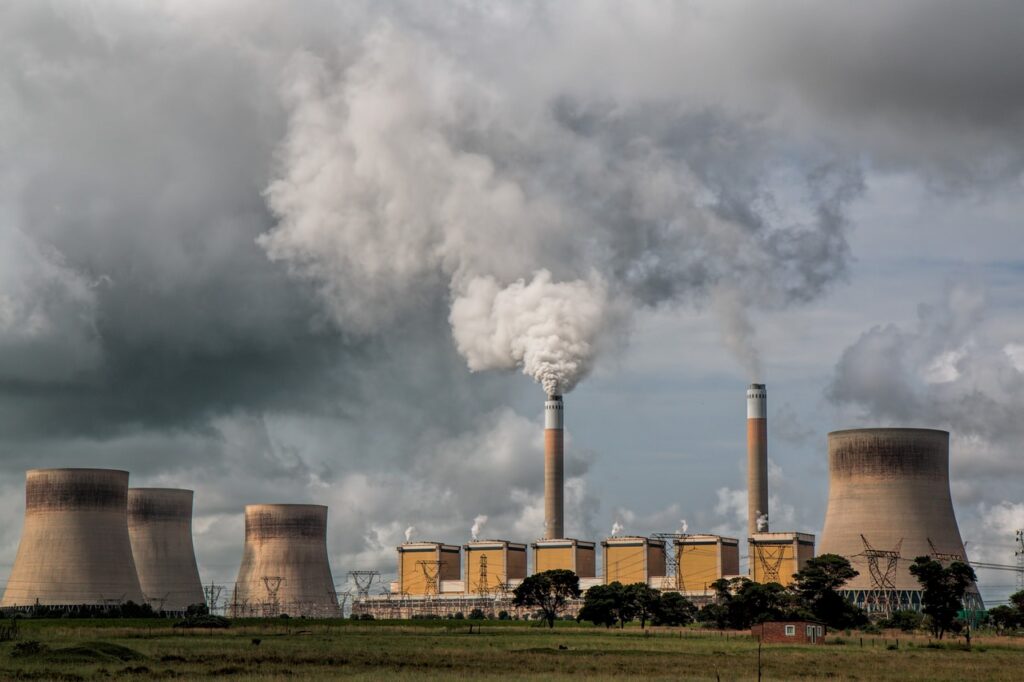
Signs of improvement are definitely welcome. Can you tell me more about the specific developments indicating that the power crisis might be easing?

It sounds like Eskom has made significant strides in improving the stability of South Africa’s power supply, particularly evident in their ability to keep the lights on throughout April despite previous stages of power cuts in March 2024.
Several factors seem to have contributed to this improvement:
- Improvements in Power Station Fleet: Eskom has been working on refurbishing and maintaining its aging power stations, likely bolstered by initiatives like the Energy Action Plan and the generation recovery plan. These efforts seem to have positively impacted the reliability of the power generation infrastructure.
- Renewable Energy: The integration of renewable energy sources into the power grid could have played a role in augmenting the overall capacity and stability of the system. Renewable energy sources often provide more consistent and predictable power output compared to traditional fossil fuel-based generation.
- Decline in Demand: A decrease in overall electricity demand could have alleviated some of the strain on the power grid, making it easier for Eskom to manage the supply-demand balance and avoid load shedding.
However, there are also claims from opposition parties and skeptics suggesting that the absence of load shedding might be politically motivated, particularly in the lead-up to elections. The Presidency has denied these claims, emphasizing that recent improvements in energy supply are not linked to election strategies.
Eskom’s leadership, including CEO Dan Marokane and head of generation Bheki Nxumalo, have presented a positive outlook for the upcoming winter, indicating that the progress made over the past year is significant. They anticipate limiting load shedding to Stage 2 and expect a relatively low number of unplanned outages.
Overall, it seems like Eskom’s efforts, combined with favorable conditions such as increased renewable energy integration and decreased demand, have contributed to a more stable power supply, offering hope for a brighter winter compared to the challenges faced in 2023.
Marokane’s statement highlights the positive impact of Eskom’s generation recovery plan on the reliability of their power plants. The statistics provided indicate a tangible improvement in key metrics:
- Unplanned Losses: There has been a year-on-year improvement of 9% in unplanned losses between April 2023 and March 2024. Specifically, in March 2024, Eskom experienced slightly fewer unplanned losses compared to March 2023, and the trend continued into April 2024, indicating a stabilization and reduction in breakdowns.
- Unit Trips: There has been a significant 19% decline in unit trips, which is crucial for maintaining the reliability of the power generation fleet. This decline suggests that Eskom’s efforts to address operational issues within their power plants are yielding positive results.
The recent decrease in the percentage of unplanned losses, dropping to 28.6% from 33.2% at the beginning of March, further reinforces the trend of improved reliability. Additionally, cooler weather traditionally benefits Eskom’s power stations, contributing to the overall stability of the grid.
Energy analyst Chris Yelland’s assessment underscores the significance of Eskom’s achievement in maintaining lower levels of unplanned breakdowns compared to previous years. This stability in unplanned breakdowns and the steadying of the energy availability factor represent a notable accomplishment for Eskom, especially considering the downward trend observed over the past five years.
Overall, these indicators suggest that Eskom’s efforts to enhance the reliability and performance of their power plants are paying off, contributing to a more stable power supply and reducing the frequency of unplanned outages.
The decline in demand for Eskom grid power has been a significant factor in the reduction of load shedding. This decline is attributed to several factors, including South Africa’s weak economy, the increasing cost of Eskom power, previous experiences of load shedding, and the growing adoption of alternative energy sources by Eskom customers.
Renewable energy, particularly solar power, has also played a crucial role in improving the electricity situation. Private solar photovoltaic (PV) installations have made a substantial contribution to Eskom’s electricity generation profile. While solar power primarily contributes during daylight hours, it doesn’t cover the peak demand periods in the mornings and evenings. However, it allows Eskom to replenish emergency reserves, such as open-cycle gas turbines (OCGTs) and pumped storage dams, during the day for use during peak periods.
Despite the reliance on diesel to run OCGTs during peak demand periods, Eskom has managed to reduce its diesel consumption. Compared to April 2023, Eskom spent 50% less on diesel in April 2024. This reduction in diesel consumption is notable even during periods of load shedding suspension, indicating genuine progress in improving electricity supply rather than creating an illusion of improvement.
However, it’s worth noting that diesel spending increased in March 2024 compared to March 2023, despite fewer days of load shedding. This could be attributed to inclement weather conditions that forced Eskom to rely more heavily on emergency reserves.
Overall, the combination of declining demand, increased renewable energy contributions, and better management of emergency reserves has contributed to the recent improvements in Eskom’s electricity supply reliability and the reduction in load shedding.



![People who uses E-Hailing [Uber , Bolt] and the others for transportation are facing tough times in some areas of Johannesburg.](https://journalsandposts.co.za/wp-content/uploads/2024/08/jabu-425x283.jpg)













